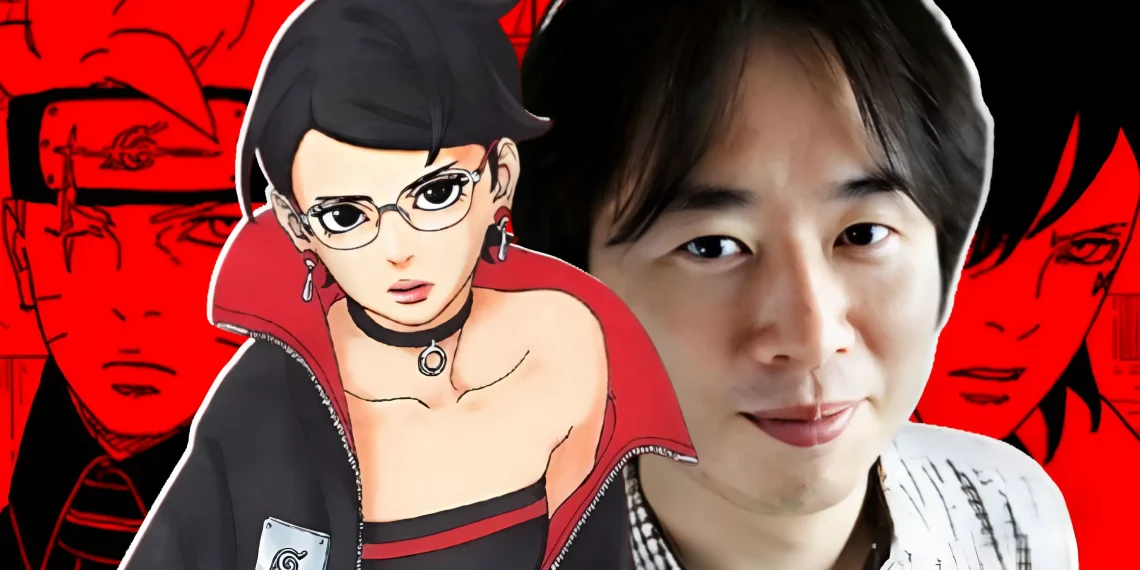Since the inception of Boruto: Two Blue Vortex, fans have been grappling with the evolving roles of the characters in this next generation of the Naruto universe.
As with many sequels, spin-offs, or continuations of beloved franchises, fans have mixed emotions and confusion about how their favorite characters from the previous series fit into the new storylines.
In the case of Boruto: Two Blue Vortex, the central character, Boruto Uzumaki, is evidently the protagonist, much like his father Naruto was in the original Naruto series.
However, the roles of other characters are less clear, leaving fans puzzled.
One of the most perplexing aspects for fans has been determining the identity of the primary antagonist in the story.
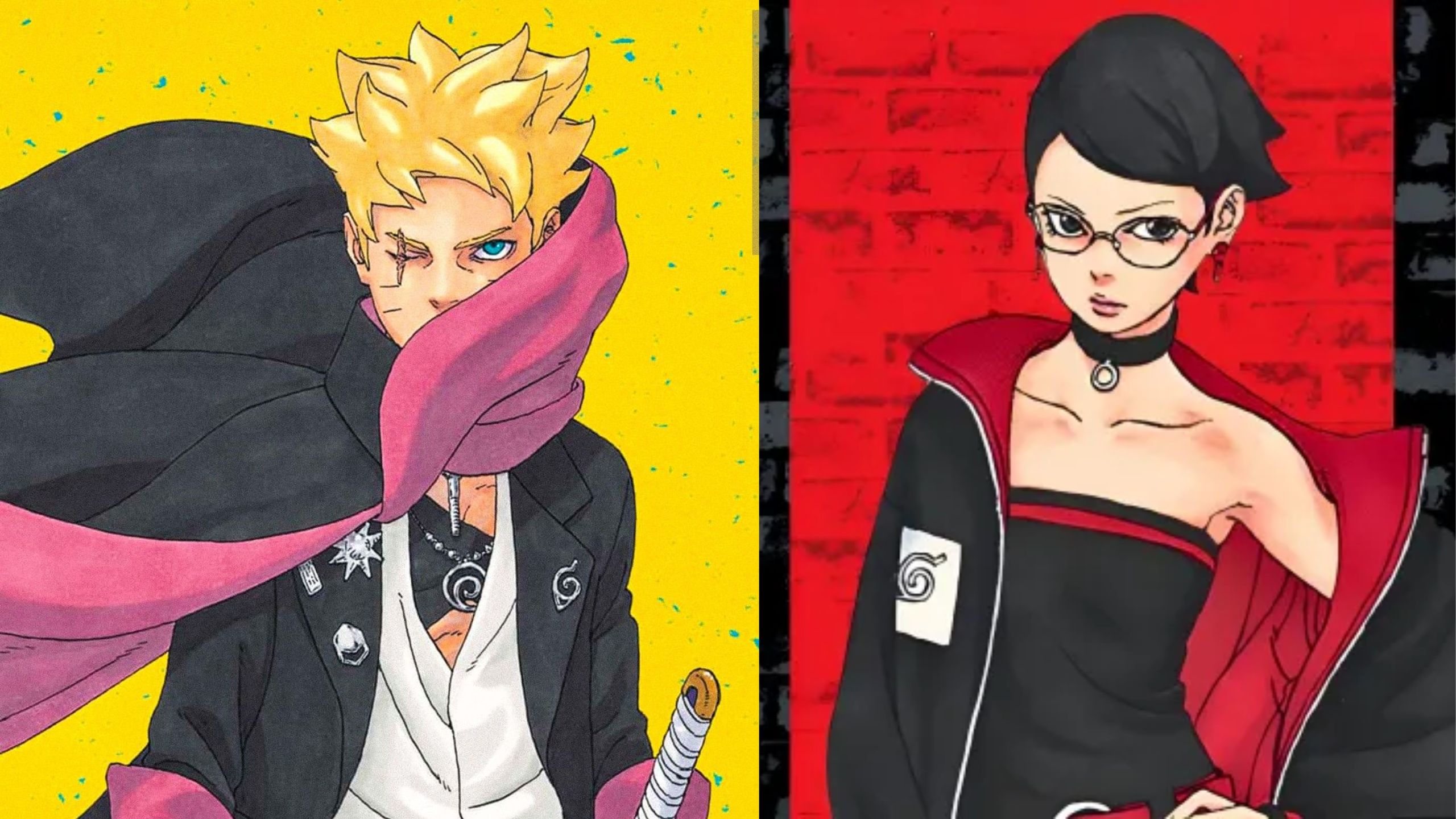
While Boruto: Two Blue Vortex has been serialized for over a year, the identity of the true villain remains ambiguous.
The storyline has introduced several potential antagonists, leaving readers and viewers speculating. Is the villain Kawaki, Boruto’s friend-turned-foe? Could it be Code, a mysterious character with unclear motives?
Perhaps the ominous Divine Trees that were integral to the plot of Boruto and Naruto hold the key to the larger conflict? Or could there be an entirely new villain who has yet to fully reveal their intentions?
Despite the confusion surrounding the antagonist, fans recently received clarity regarding another important aspect of the series the role of the main female character.
According to a recent comment from Naruto and Boruto creator Masashi Kishimoto, Sarada Uchiha is officially the main female character of Boruto: Two Blue Vortex.
This confirmation provides fans with some much-needed insight into the character dynamics of the series and sheds light on Kishimoto’s intentions regarding Sarada’s role.
Masashi Kishimoto Confirms Sarada’s Role in Boruto: Two Blue Vortex
For long-time fans of Naruto and Boruto, the involvement of Masashi Kishimoto and his insights into the series are always eagerly anticipated.
Kishimoto is the original creator of the Naruto manga, and his continued presence and contributions to the Boruto series serve as a guiding force, ensuring the continuity and consistency of the narrative and character development.
Recently, both Kishimoto and Boruto manga illustrator Mikio Ikemoto made a special appearance at the Kana event in France.
This appearance was highly anticipated by fans, as it offered the creators an opportunity to speak about the Naruto and Boruto series directly to an international audience.
During this event, they discussed various aspects of the series, touching on themes, characters, and their respective roles in both manga.
One of the highlights of this event was Kishimoto’s reflection on the differences between Naruto and Boruto, particularly in the way the characters are portrayed.
Masashi Kishimoto mentioned Sarada Uchiha in the interview as the main female character who has been graphically successful 🔥
Stated in an article written by journalist Arnaud TRUCHET, in a French newspaper, La Nouvelle République pic.twitter.com/28Xpf3YTua
— Sky🥗 (@sarada_holic) September 2, 2024
Fans have often debated how the next generation in Boruto compares to their parents in Naruto.
These discussions extend to both their powers and abilities as ninjas and their personalities and character development.
Kishimoto admitted that, while he felt that he succeeded in portraying Sasuke Uchiha as a well-rounded deuteragonist in the Naruto series, he struggled to achieve the same level of success with Sakura Haruno, who was supposed to be the central female character of Naruto.
In his candid remarks, Kishimoto stated that he found it challenging to fully understand and convey the complexities of a young woman’s heart.
This lack of understanding led to Sakura being underdeveloped as a character, especially when compared to her male counterparts.
In Naruto, Sakura was meant to play an essential role, yet her character’s development often felt sidelined.
While she was undoubtedly a key member of Team 7 alongside Naruto and Sasuke, her personal growth and backstory did not receive the attention fans had hoped for.
According to Kishimoto, this failure to properly flesh out Sakura’s character is something he now acknowledges.
Kishimoto also pointed out that this lack of character development was reflected in Sakura’s backstory, or rather, the lack thereof.
Unlike Naruto and Sasuke, who both had rich, tragic backstories that helped shape their identities, Sakura’s past was never explored in great detail.
Fans never got to learn much about her family or her life before becoming a ninja. This absence of depth in her background further diminished her character’s potential in the final narrative.
However, when it comes to Sarada Uchiha, Sasuke and Sakura’s daughter, Kishimoto expressed a different sentiment.
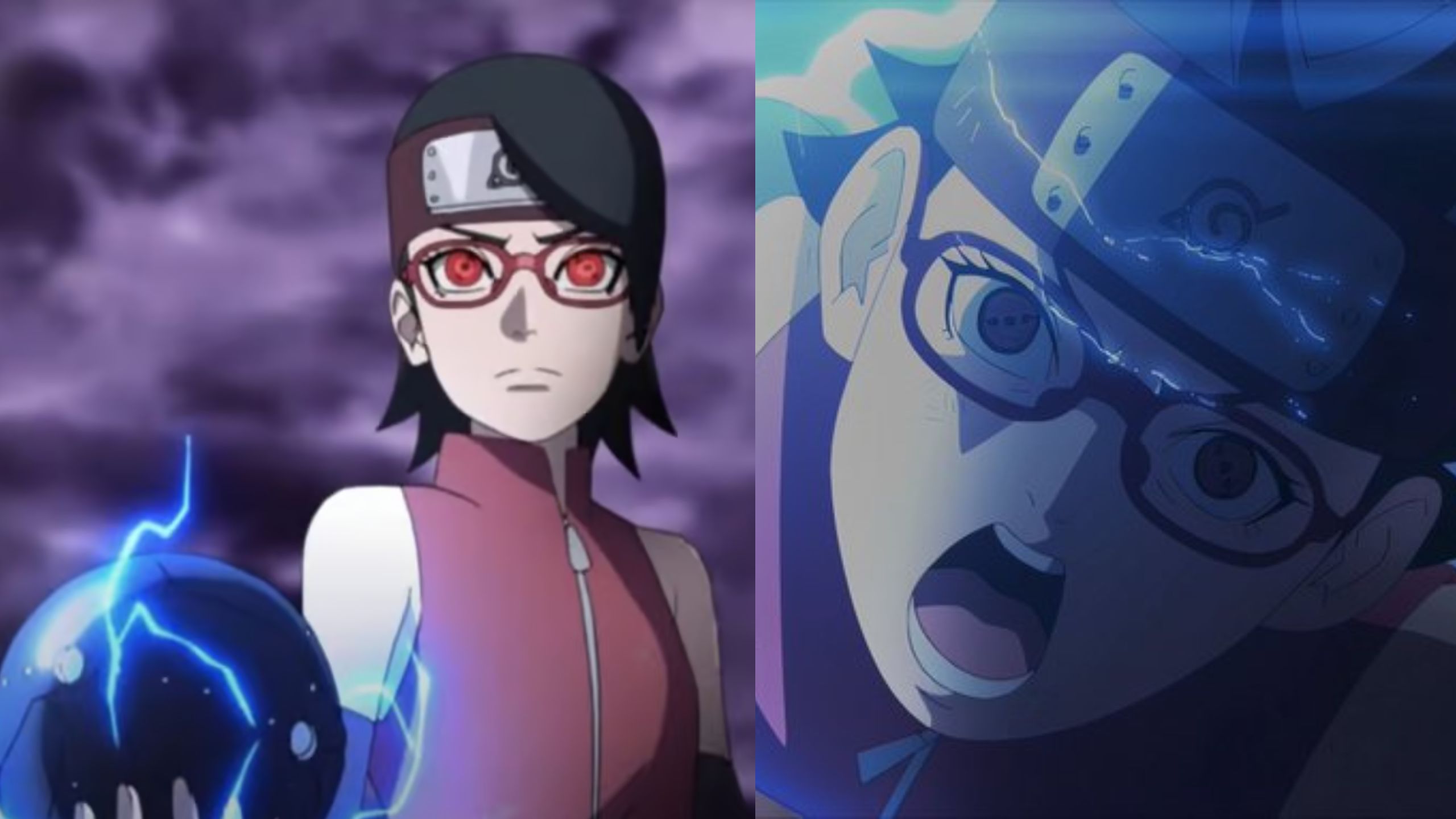
He believes that Sarada has been handled much better than her mother ever was in the Naruto series.
This is largely due to the efforts of Boruto manga artist Mikio Ikemoto, who has succeeded in portraying Sarada as the central female character in Boruto: Two Blue Vortex.
Sarada Uchiha: A More Developed Character Than Sakura
Unlike Sakura, Sarada has been depicted as a more independent and fleshed-out character. From the very beginning of Boruto,
Sarada’s character has stood out. She is not only a skilled ninja but also someone who has strong convictions and a clear sense of self.
This has resonated well with fans, many of whom appreciate how Sarada is not defined solely by her relationships with other characters but by her own personal journey.
One of the key aspects of Sarada’s character that has been praised is her self-reliance.
While she cares deeply about her family and friends, Sarada is not portrayed as someone who is overly dependent on others.
This marks a significant departure from the portrayal of her mother, Sakura, especially in the early parts of Naruto.
Sakura, particularly in the early days of Naruto, was often criticized for being too dependent on others, especially on Sasuke and Naruto, which made her appear less capable as a ninja and a character.
Sarada, on the other hand, is a character who has been shown to have her own goals and aspirations.
Her dream is to become the Hokage, the leader of the Hidden Leaf Village, which is a significant ambition that drives her character forward.
This ambition is reminiscent of Naruto’s own goal of becoming Hokage, creating an interesting parallel between Sarada and the titular character of the original series.
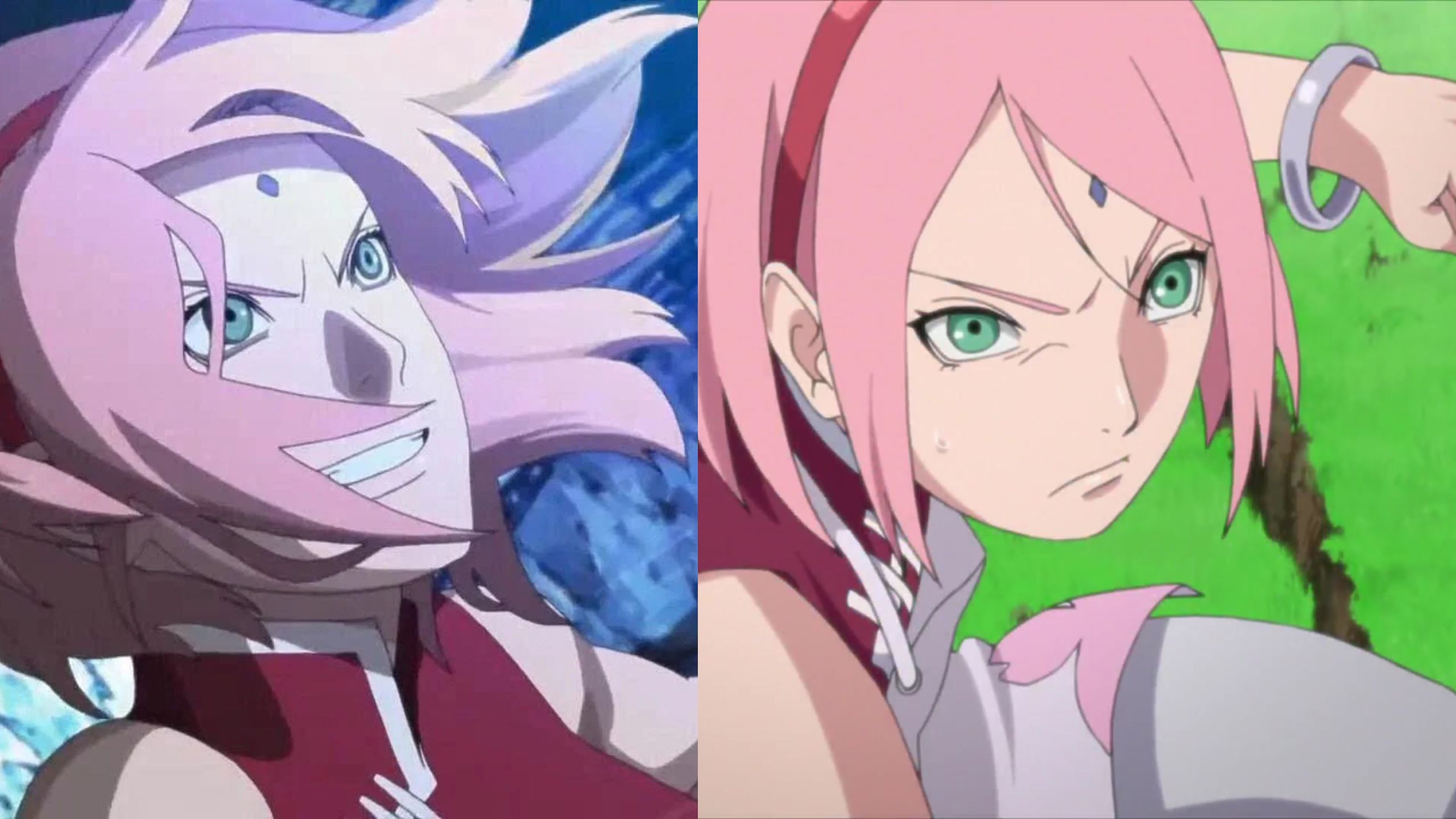
However, while Naruto’s journey was often driven by his desire to be acknowledged and to overcome his difficult past, Sarada’s journey is more about proving her capabilities and leadership qualities in her own right.
Moreover, Sarada’s relationship with her parents, Sasuke and Sakura, has been depicted in a nuanced and touching manner.
Fans have had the opportunity to see Sarada’s interactions with both her parents, which has allowed for a more rounded view of her family life.
Her bond with her father, Sasuke, is especially interesting. Unlike Naruto, who grew up without his parents, Sarada has the benefit of knowing both her mother and father.
However, Sasuke’s long absences due to his missions create a dynamic where Sarada both admires and feels distant from him.
This complex relationship is something that has added layers to Sarada’s character. The relationship between Sarada and her mother, Sakura, is also well-developed.
Sakura, who was often portrayed as somewhat insecure in Naruto, comes across as a more mature and confident character in Boruto, largely due to her role as Sarada’s mother.
The growth in Sakura’s character in Boruto is, in part, a reflection of her relationship with Sarada, who looks up to her mother as a strong and capable woman.
Sarada’s Design and Personality: A Success for Mikio Ikemoto
Kishimoto’s praise for Sarada does not stop at her character development and relationships. He also highlighted Mikio Ikemoto’s success in handling Sarada’s character design.
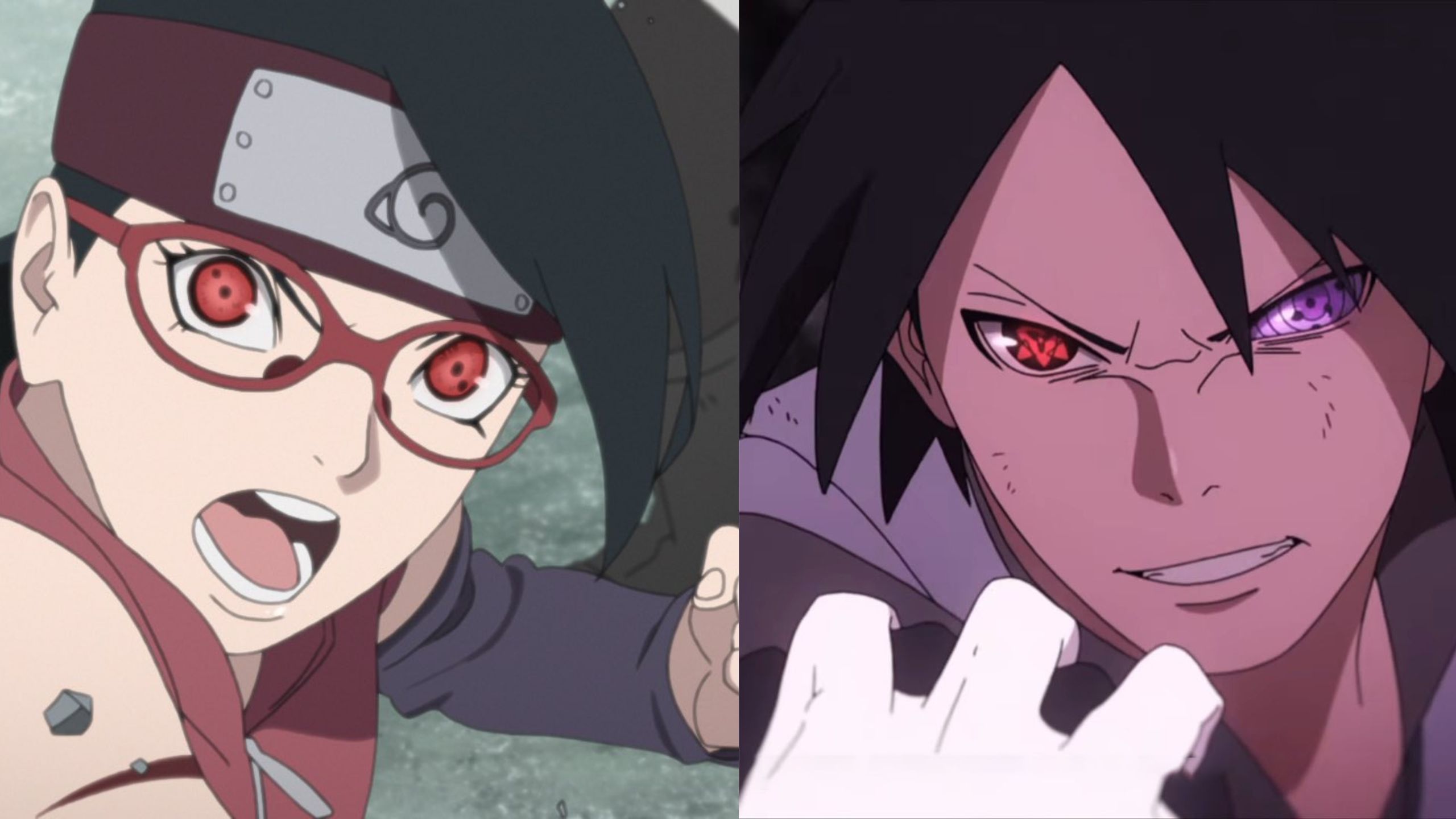
According to Kishimoto, Sarada is one of the best-designed characters in Boruto, both in terms of her physical appearance and her personality traits.
He referred to her as a standout character at the “graphic level,” which speaks volumes about how much care and thought has gone into crafting her visual identity.
Sarada’s design reflects both her Uchiha heritage and her own individuality. She has inherited the iconic Uchiha Sharingan, a powerful eye technique that is a hallmark of her clan.
However, her physical appearance also incorporates elements that set her apart from her father and other Uchiha clan members.
Sarada’s glasses, for example, are a distinctive feature that makes her easily recognizable.
In a world where many characters have similar ninja attire, her glasses are a small but significant detail that contributes to her unique design.
Beyond her appearance, Sarada’s personality is another area where Ikemoto has succeeded. She is portrayed as level-headed, intelligent, and compassionate.
Unlike some of her peers who may be more impulsive or hot-headed, Sarada often takes a more measured approach to challenges.
This makes her a natural leader, even among her friends and teammates. Her intelligence and strategic thinking are qualities that she likely inherited from her father, Sasuke, who is known for his analytical mind.
At the same time, Sarada has shown herself to be empathetic and caring, qualities that are often associated with her mother, Sakura.
This blend of traits from both her parents makes Sarada a well-rounded character who feels grounded and relatable, despite her extraordinary abilities as a ninja.
Sarada’s Role in Boruto: Two Blue Vortex
With Kishimoto’s confirmation that Sarada is the main female character of Boruto: Two Blue Vortex, fans now have a clearer understanding of her importance in the series.
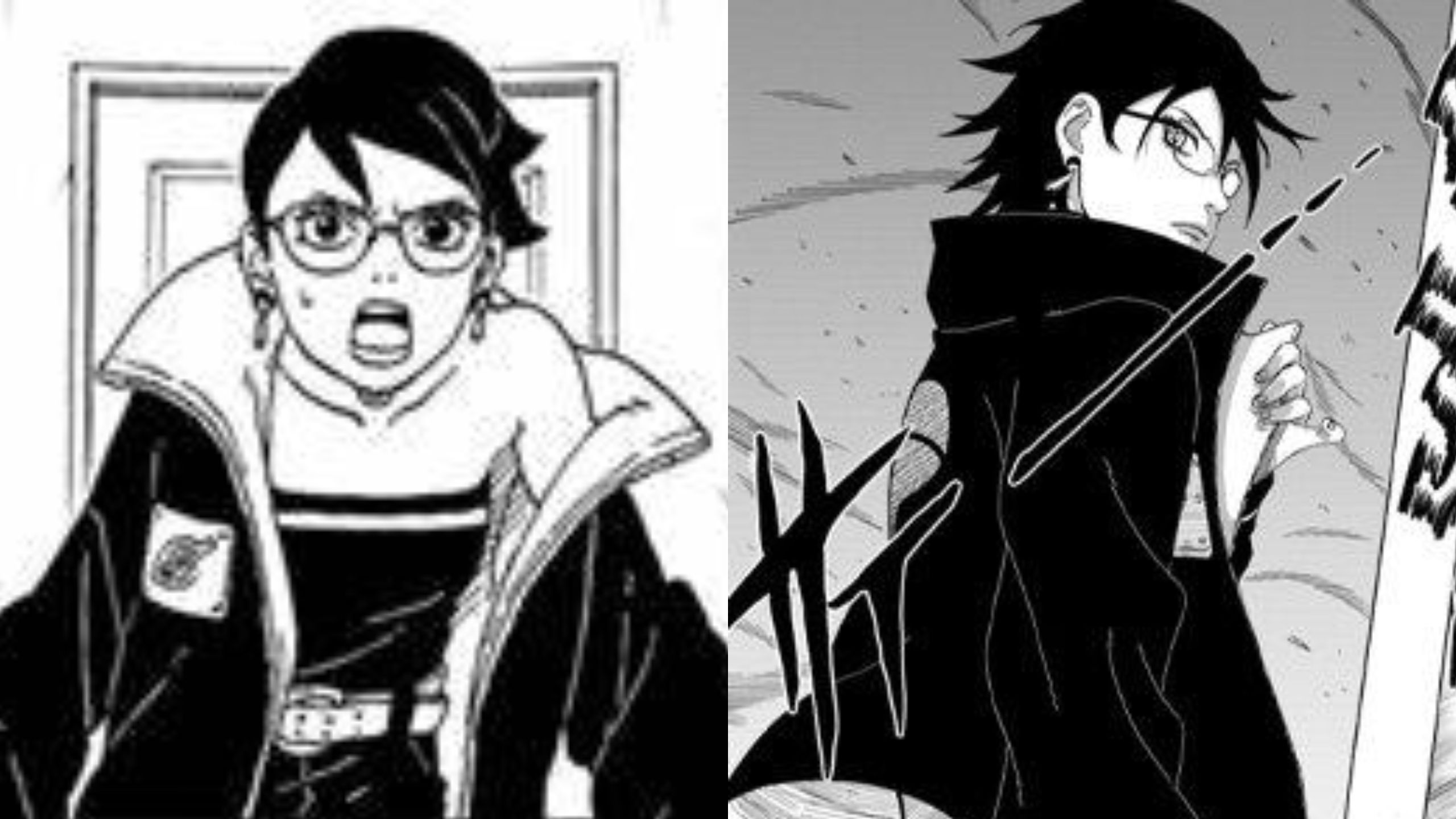
While other characters may have ambiguous or evolving roles, Sarada’s place as the central female figure is secure.
This recognition from Kishimoto validates the positive reception that Sarada has received from fans and solidifies her status as a key player in the Boruto storyline.
In the grand narrative of Boruto: Two Blue Vortex, Sarada’s role is likely to continue evolving. As the story progresses, her ambition to become Hokage and her personal growth will be central to the plot.
Her relationships with Boruto, Mitsuki, and other characters will also play a significant role in shaping the future of the series.
While fans may still be debating the identity of the main antagonist in Boruto: Two Blue Vortex, one thing is now certain: Sarada Uchiha is the main female character of the series.
With Masashi Kishimoto’s acknowledgment and Mikio Ikemoto’s careful handling of her character, Sarada has become one of the most beloved and well-developed characters in the Boruto universe.
As the story continues to unfold, fans can look forward to seeing more of Sarada’s journey and her impact on the world of Boruto.


